Keratosis Pilaris Overview
Keratosis pilaris is a skin condition that features a lot of tiny, rough, erythematous, or tan bumps, which are located near the hair follicles. This medical condition predominantly affects the upper arms, legs, and buttocks. Other body parts can be affected as well. Keratosis pilaris can develop in people of all ages.
The disease has a typical appearance, which is called goose bumps or gooseflesh. Keratosis pilaris is not an infectious and serious disease and is easily treated. People most commonly worry about the very appearance of the affected skin rather than the symptoms of the disease.
Even though everybody can develop keratosis pilaris, the disease is most commonly reported in small children and teenagers. Women tend to be affected more compared to men. Keratosis pilaris can start before puberty, and in these patients, skin changes tend to worsen during the teenage years.
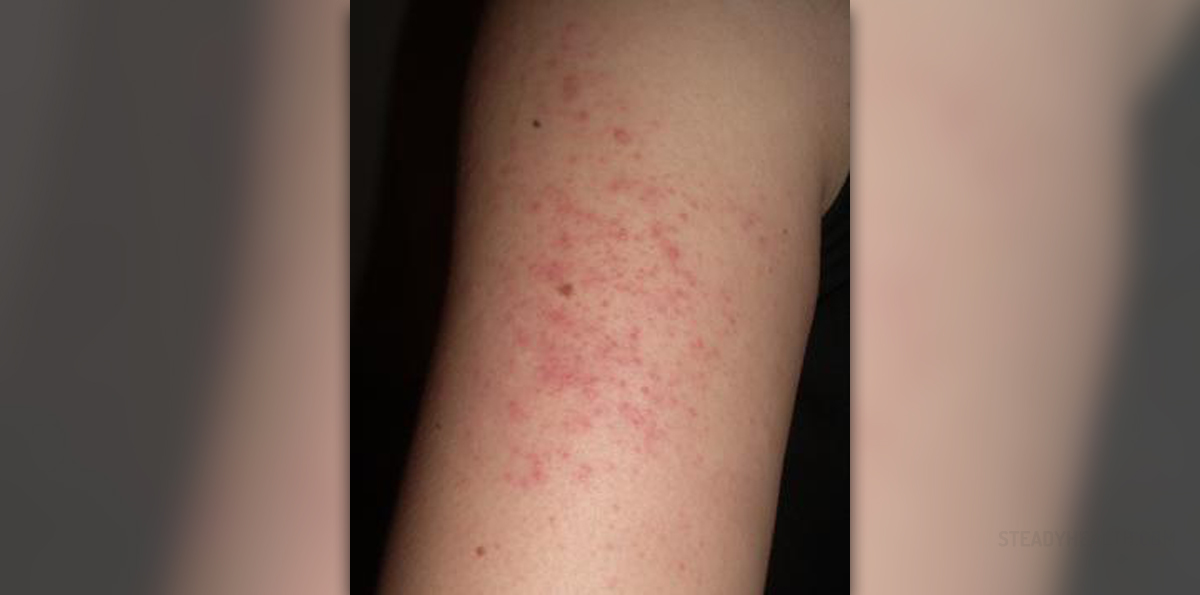
This skin condition also runs in some families. Keratosis pilaris is even reported to affect twins. And finally, keratosis pilaris may accompany some other skin diseases, such as atopic dermatitis or people who are suffering from very dry skin.
Symptoms and Signs of Keratosis Pilaris
The rash in keratosis pilaris consists of small, red, or tan bumps that make scattered patches. One area of the affected skin can contain up to 100 tiny bumps. The bumps are rather rough. Still, the affected skin may feature a texture that resembles sandpaper. In some patients, the bumps can be surrounded by light red halos. These changes are caused by the process of inflammation.
Causes of Keratosis Pilaris
Unfortunately, the exact cause of keratosis pilaris has not been established yet. The disease can be explained by the extensive production of keratin. The process of extensive production of keratin is called hyperkeratinization.
Some scientist believes that the disease is genetic and that it is passed from parents to children. This hypothesis has strong origins since, in the majority of patients, the disease has already affected some of the family members.
Keratosis pilaris may also occur in some other skin conditions such as ichthyosis vulgaris, skin allergies, asthma, eczema, dry skin, or atopic dermatitis.
Prognosis of Keratosis Pilaris
Keratosis pilaris is a chronic illness. The skin changes occur and withdraw and these processes repeat over time. Since the disease is not contagious and is benign the patients should not worry. Luckily, keratosis pilaris in a certain number of patients improves with age.
The weather may influence the flares and the improvement of disease. For example, some patients say that their symptoms withdraw during summer, while others complain about the outbreak of the symptoms in winter months.
All in all, the problem of this illness is cosmetic and this is why people eventually come to see their doctors.
- Twenty-five participants were recruited and areas with typical keratosis pilaris were selected as testing sites. High concentrations of glycolic acid (50% or 70%) were applied to a circular area (d = 8 cm, S = 50 cm2) and repeated four times, on days 0, 20, 40 and 60.
- Before each treatment and 20 d after the last treatment, on days 0, 20, 40, 60, and 80 and at a 5-year follow-up, The number of follicular keratotic papules were counted and the extent of perifollicular erythema and pigmentation was determined. At the same time, the participants provided subjective evaluations of treatment efficacy and safety.
- Treatment effectiveness was indicated by the percentage of keratotic papules in the test site, on days 20, 40, 60 and 80, which were 8%, 12%, 36%, and 60%, respectively. Compared with day 0, each difference was significant (P
- There were no significant differences in the number of keratotic papules, M, L, and E in 9 participants at the 5-year follow-up compared with before treatment (P > 0.05%).
- A high concentration of glycolic acid (50%, 70%) was applied to 25 subjects suffering from keratosis pilaris. The treatment was repeated every 20 d for a total of four times, 20 d after each treatment, perifollicular erythema, papules, and pigmentation were evaluated by spectrophotometry, counting and an Mexameter®. We found a high concentration of glycolic acid had a therapeutic effect on perifollicular erythema, papules and pigmentation, and as the number of treatments and the concentration of glycolic acid increased, the therapeutic effect improved further, but a long-term effect was not observed.
- www.nhs.uk/conditions/keratosis-pilaris/
- medlineplus.gov/ency/article/001462.htm
- Photo courtesy of ladypictureshow by Flickr: www.flickr.com/photos/40949904@N00/445798906


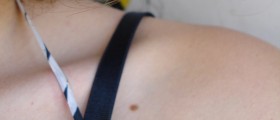

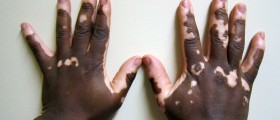


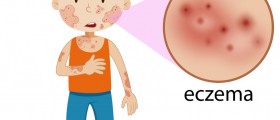

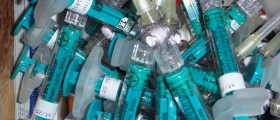


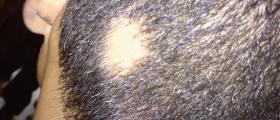
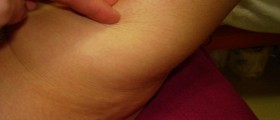

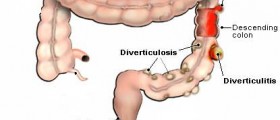

Your thoughts on this
Loading...